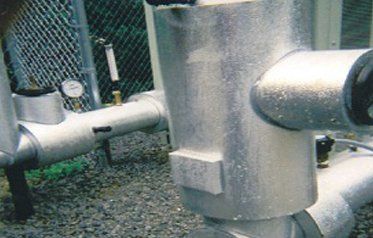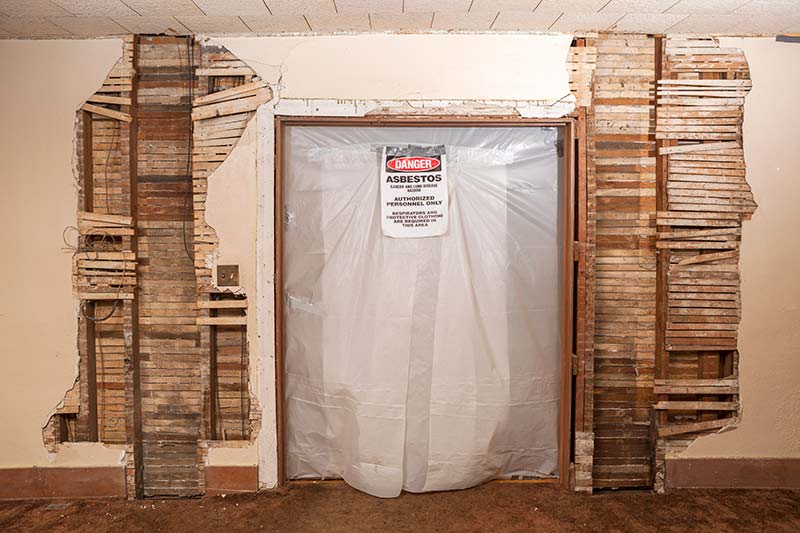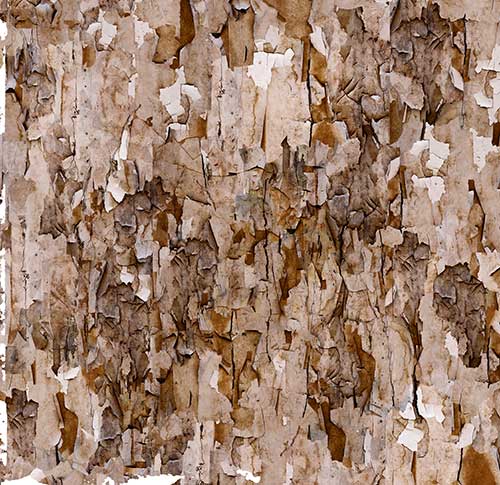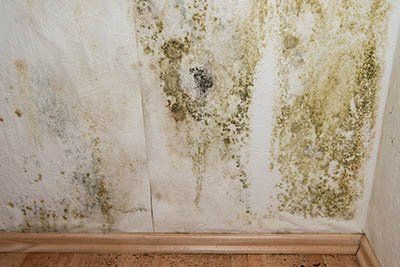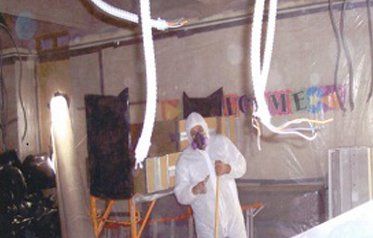
Everyone knows and understands the benefits of having insulation in the walls and attic of your home. This is especially true when living in a cold climate. However, a lot of people do not know the benefits of insulating the piping in the house as well. Here are four benefits of insulating your pipes.
Saves Energy
When there is a dramatic difference in the temperature between the contents of the pipe and the outside air, heat is lost from inside the pipe to the cold outside air. Adding a layer of insulation reduces the amount of energy that is required to heat up the water in the pipe.
Reduces Noise
Noise travels easily through pipe systems. Insulation reduces the acoustics of the pipes making them quieter.
Prevents Damages
If the water in the pipes freezes, the pipes can burst causing a great deal of water damage to your home. Insulated pipes are at a lower risk of freezing and causing damage.
Protects Against Rust
Having an extra layer between your pipes and any humidity in the air can prevent condensation build up on the pipes. This protects your pipes from potential rust and corrosion damage which is harmful to the pipes.You can protect your home and your pipes by adding some insulation to them. Contact Abate and Insulate, LLC at 843-566-0164 to learn more about the benefits of pipe insulation.
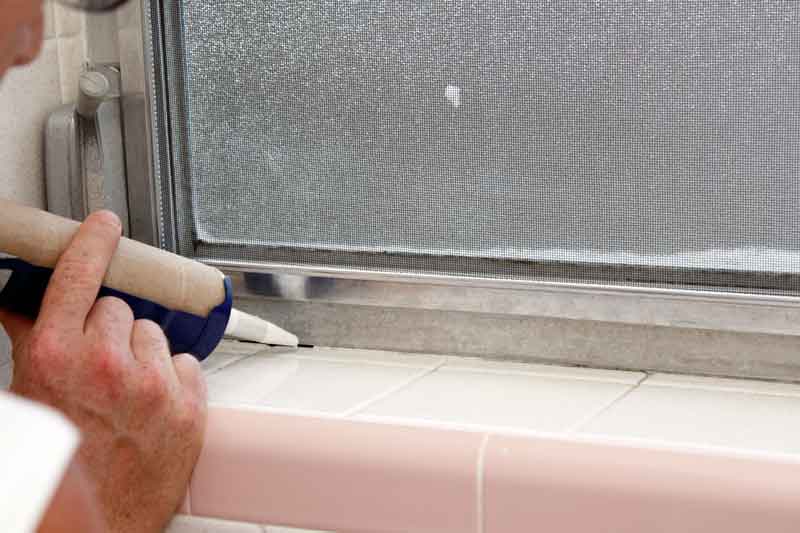
The ideal humidity level is around 30-50%, and any deviations outside these parameters can affect both students and teachers. Take a look at what these effects are and what can be done to help control humidity levels inside schools and the classroom.
Low Humidity
A classroom with a low relative humidity below 30% holds very little moisture in the air. As a result, students and teachers will feel uncomfortable and notice a spread of illnesses, especially in crowded classrooms. Studies show that students experience a lack of energy and focus when air temperatures are not the right humidity. Dry air causes the skin, eyes, throat and mucous membranes to feel dry and itchy, which can be distracting to students.
The presence of lower humidity encourages the growth of certain bacteria and viruses, especially when air circulation and humidity control is lacking. Here are a few examples of illnesses that can thrive and spread in classrooms:
- Measles
- Influenza
- Human rotavirus
- Rubella
- Herpesvirus
- Streptococcus
- Mycoplasma pneumonia
High Humidity
A classroom with a high relative humidity experiences air that is very moist, making students feel overly chilled or sticky depending on the temperature. All that extra water in the air facilitates the growth of bacteria, mold , fungus and dust mites. This growth is harmful to students and teachers in many ways.
- Poorly ventilated spaces will develop odors in the presence of fungus.
- Increase of allergens can trigger asthma symptoms and even lead to new-onset asthma.
- Mold growth produces certain mycotoxins that reduce mental clarity, cause illness and trigger allergic reactions.
Just as in environments with too low of humidity levels, pathogens like Salmonella, staph infections and cholera thrive and spread among students in classrooms with too high of a humidity level.
Controlling Humidity Levels
Moisture concerns inside schools are caused by a wide range of conditions, such as leaks in plumbing and in the roof, condensation, damp ground beneath a structure and outdoor humidity. The simple act of students exhaling creates moisture. Tightly sealed newer buildings might not allow moisture to escape. Even temporary, portable classrooms frequently see higher humidity and mold growth.
There are several ways to control and reduce humidity levels inside schools and classrooms.
- Vent locker room showers and bathrooms to the outside.
- Make sure adequate ventilation exists to keep humidity levels between 30% and 50%.
- Install exhaust fans if you have kitchens for cooking and washing dishes inside classrooms. Give individual classrooms a de-humidifier.
- Install insulation to cut back on condensation on cold surfaces like windows, exterior walls, pipes and floors.
- Mount tile around drinking fountains and classroom sinks and on the floor below.
By controlling humidity levels, pathogens, mold, fungus and allergens are controlled as well. If mold is not removed after optimum humidity levels are reached, it can continue to affect the health of teachers and students. For further advice on controlling humidity and mold growth, installing insulation or remediating mold in classrooms and other buildings, contact the experts at Abate and Insulate, LLC.
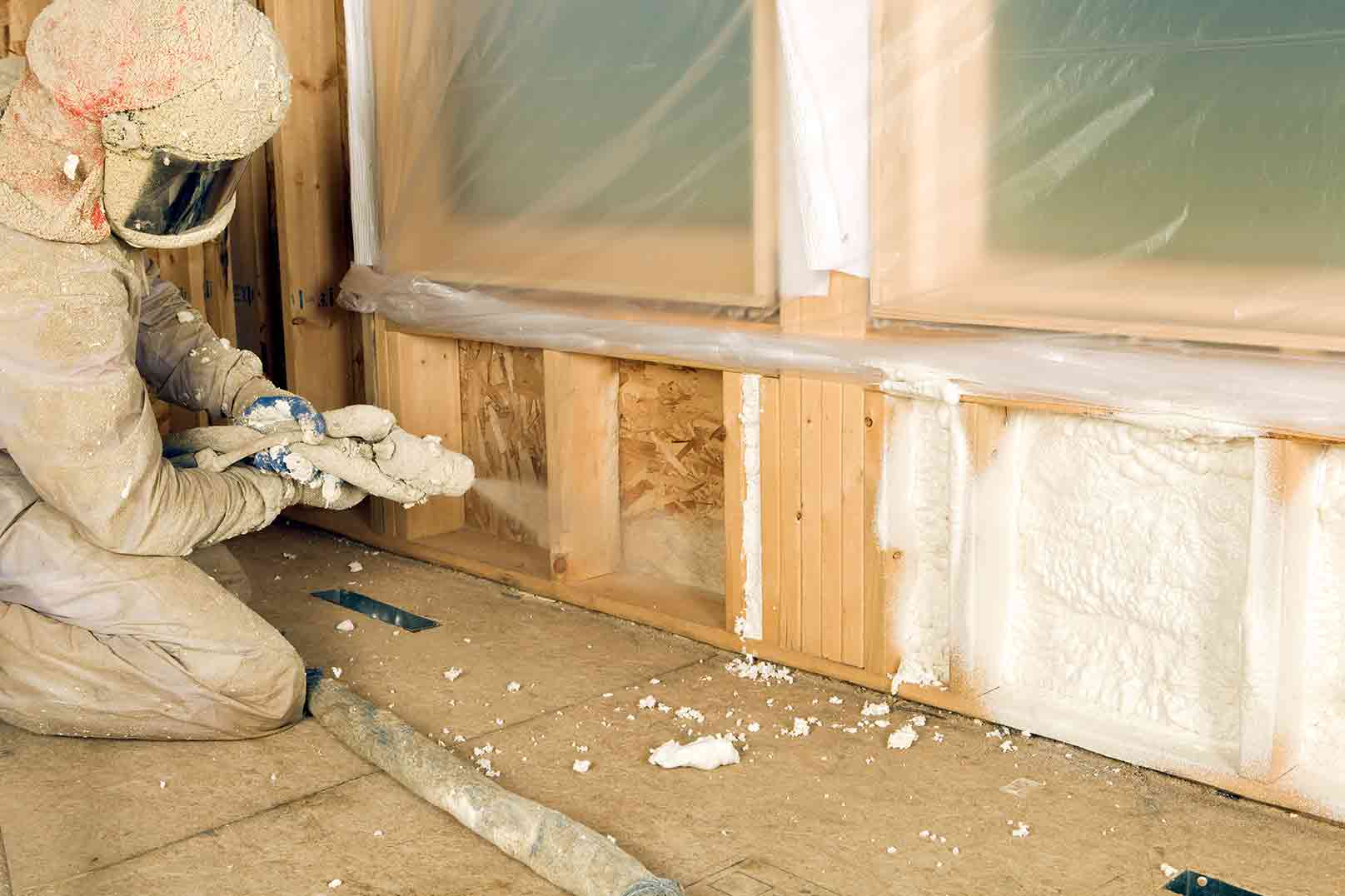
Many people believe, or hear, that RRP is a viable solution for dealing with lead paint. Unfortunately, a renovation or paint job isn't enough for dealing with lead paint. RRP doesn't eliminate or even reduce lead. Only true lead abatement can do that.
What Is RRP? How Does It Deal With Lead Paint?
RRP stands for Renovation, Repair, and Painting. It doesn't refer to a single job that encompasses all three of those things. Rather, RRP represents a rule for mitigating the effects of lead paint while doing any one of the referenced activities.
The reason RRP exists as a rule comes from the fact these activities can increase lead exposure. Any renovation, repair or paint job runs the risk of disturbing existing lead paint. When that happens, lead paint dust and chips can come loose and contaminate the area.
When someone hires a contractor to do a renovation, it's typically not to deal with lead specifically. If your facility is old enough to possibly have lead paint, the RRP contractors you hire must have EPA-approved training before they can do any work.
In addition, a contractor performing RRP work cannot perform any kind of lead abatement unless they're licensed to do so. As an example, you can hire a contractor to do a renovation. The contractor may say they need to remove the lead paint to do the job properly.
If that contractor doesn't have licensing and certification for lead abatement, then you should not hire them. Only an EPA-certified lead removal company can do that for you safely, properly and legally.
How Is RRP Different From Lead Abatement?
While lead abatement can sometimes resemble RRP work, it's a completely different type of procedure. Lead abatement concerns itself with the permanent removal of lead or extreme mitigation of the effect lead can have.
Lead abatement falls under a broader category of lead-based paint activities. These activities include lead-based paint inspections, risk assessments, lead testing and abatement. There are four main types of lead abatement.
Lead paint removal. Removal can involve various methods to remove the lead paint without releasing it into the environment in the form of dust or chips. ·
Lead paint encapsulation. Encapsulating lead paint requires the application of a special, watertight coating over the offending paint. ·
Lead paint enclosure. Enclosures, such as additional walls, materials or other physical barriers, can go up and block the lead paint. ·
Replacement. This option involves completely removing the part of the structure that has lead paint and replacing it.
Many of these abatement processes can occur in unison. It depends on your commercial property, budget and the results of your inspection or assessment.
As you can see, many of these abatement methods look like RRP jobs. In some cases, they are. Just know the focus of abatement is to deal with the lead paint. Everything else is secondary to that. By contrast, RRP work may never even take lead into consideration.
For many commercial buildings, lead abatement can become a legal requirement. This requirement can prompt many property owners to group lead abatement in with some overall RRP work. That's fine as long as you understand there are requirements for working with or around lead paint all contractors must adhere to.
RRP contractors require additional training if they want to work around lead paint. Lead abatement contractors require even more training. They also have stringent rules and procedures they must follow when they go about the abatement process.
At Abate and Insulate, LLC, we have the experience, training and EPA-certification to perform lead paint removal in the state of South Carolina. If you have questions about lead removal from your building, or want to know more about the lead removal process, contact us today.
